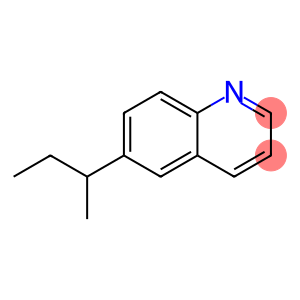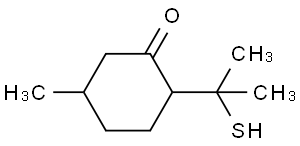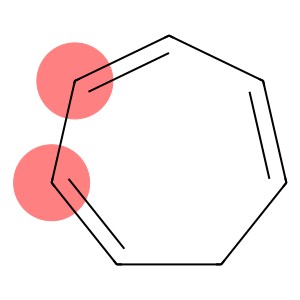3,5-Dibromo-4-methylpyridine(CAS#3430-23-7)
| Risk Codes | R20/21/22 – Harmful by inhalation, in contact with skin and if swallowed. R36/37/38 – Irritating to eyes, respiratory system and skin. R22 – Harmful if swallowed |
| Safety Description | S26 – In case of contact with eyes, rinse immediately with plenty of water and seek medical advice. S36/37/39 – Wear suitable protective clothing, gloves and eye/face protection. S36/37 – Wear suitable protective clothing and gloves. |
| HS Code | 29333990 |
| Hazard Class | IRRITANT-HARMFUL |
Introduction
3,5-Dibromo-4-methylpyriridine (3,5-Dibromo-4-methylpyriridine) is an organic compound. The following is a description of the properties, uses, preparation and safety information of the substance:
Nature:
-Appearance: 3,5-Dibromo-4-methylpyridine is a white solid and can have a strong odor.
-Solubility: It is soluble in organic solvents such as alcohols and ethers, but has low solubility in water.
Usage:
-3,5-dibromo-4-methylpyrimidine is a commonly used intermediate in organic synthesis, used to synthesize other organic compounds, such as dyes.
Preparation Method:
The preparation of 3,5-Dibromo-4-methylpyriridine usually uses one of the following methods:
-Prepared by bromination of 4-methylpyrimidine. The 4-methylpyrimidine reacts with bromine in the reaction solvent to give 3,5-Dibromo-4-methylpyriridine.
-Prepared by bromination of pyrimidine. Pyrimidine is first brominated to form 2,6-dibromo-4-methylpyrimidine, which is then reacted by N-methylation to give the desired product.
Safety Information:
- 3,5-Dibromo-4-methylpyridine is an organic compound with certain toxicity. Pay attention to safety measures when using or handling.
-It may be irritating to the skin and eyes, and should be properly protected when in contact.
-Avoid inhaling dust and vapors from the compound and operate in a well-ventilated area.
-During storage and handling, keep away from ignition and oxidizing agents.
-If an accident or accidental ingestion occurs, seek medical help immediately and provide relevant information in the safety data sheet (SDS) provided by the laboratory.








